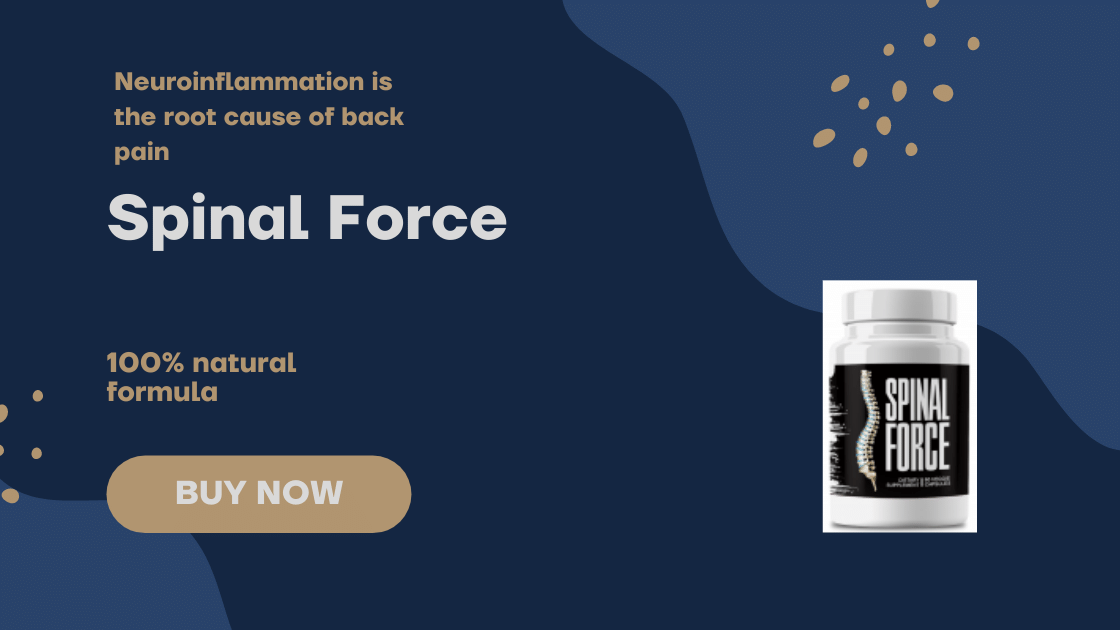Back Pain With Inflammation: What Causes It and How to Get Rid of It!
Back Pain With Inflammation is one of the most common problems people face. While some experience it temporarily and recover soon, others are left with chronic pain. Back pain is caused by stress on your back muscles, bones, tendons, and ligaments from heavy lifting, awkward positions, or incorrect posture for long hours.

It can be acute (short-term) or chronic (longer-term), depending on how often you experience it and how efficiently you recover from it. If you suffer from back pain repeatedly, you should look for preventive measures to avoid its recurrence.
What is the difference between acute and chronic inflammation?
Back pain is usually categorized into two types: acute and chronic. Acute back pain is short-term, lasting for less than six weeks at a time. It may be caused due to a specific injury, disease, or disorder. Chronic back pain, on the other hand, is continuous and lasts for more than three months.
It can be due to a wide range of reasons. Chronic lower back pain is more common in people above 45 years of age, overweight or obese, pregnant women, and people with a family history of back pain. The critical difference between acute and chronic back pain is that acute pain results from a sudden injury and is typically short-lived. In contrast, chronic back pain is caused by a recurring injury or condition that has been going on for weeks or months.
Why Does Back Pain Occur?
Back pain occurs when your spine is strained or stressed due to overuse or incorrect posture. Some common causes are – Improper lifting techniques, heavy lifting, muscle spasms, poor posture, joint inflammation or arthritis, structural abnormalities, and degenerative disc disease.
When physical or emotional stress weakens the back muscles, your spine is thrown off balance. It puts pressure on the nerves around them. This results in pain in the lower back, upper back, or even the legs. Apart from these, poor nutrition, aging, and genetics are some conditions that may lead to back pain.
Tips to prevent back pain with inflammation!
For a healthy and pain-free back, you must learn to keep a check on your posture, footwear, and desk setup to avoid back pain. – Maintain a good posture: Your posture is the foundation of your back health, and a poor posture can lead to aches and pains.
Make sure to sit upright with your back pressed against the chair. Avoid slouching, as it squeezes your internal organs and strains your back muscles, leading to back pain. – Wear correct footwear: Wear footwear that is comfortable and suitable to your feet and the type of work you do.
A wrong choice of footwear can put a lot of stress on your legs, back, and feet and lead to back pain. – Adjust your desk and chair: Your workstation should be ergonomic and shouldn’t put undue strain on your muscles.
Adjust your chair and workstation so that your back and neck are correctly aligned. – Take a healthy diet: A diet rich in essential nutrients can boost your immunity and prevent many ailments. A balanced diet with plenty of water and rest can also prevent back pain.
Spinal Force: Best Pain Reliever for Back Pain With Inflammation

Secure Your Package While Stock
A 30-day supply of Spinal Force at a mere $69!
If you’re suffering from acute or chronic pain in your back, you can try Spinal Force – an advanced pain reliever in the form of Natural Pills. It is clinically proven to relieve lower back pain within hours of application.
This unique pain-relieving contains a ‘100% natural formula,’ Plus, it rejuvenates your entire body from head to toe, relieving you of anxiety and insomnia and helping you with depressive states! It has no side effects. It is FDA approved and GMP-certified facility and is available online. You can shop online for Spinal Force (Pain Relief natural formula) and get it delivered to your doorstep.
Conclusion: Back Pain With Inflammation
Back pain can be very uncomfortable and debilitating, but it is essential to know that it is usually curable. The key to dealing with back pain is to identify the cause, reduce or eliminate it, and relieve the pain. This can be done by taking breaks when you feel pain, practicing good posture, exercising, and getting enough sleep.

